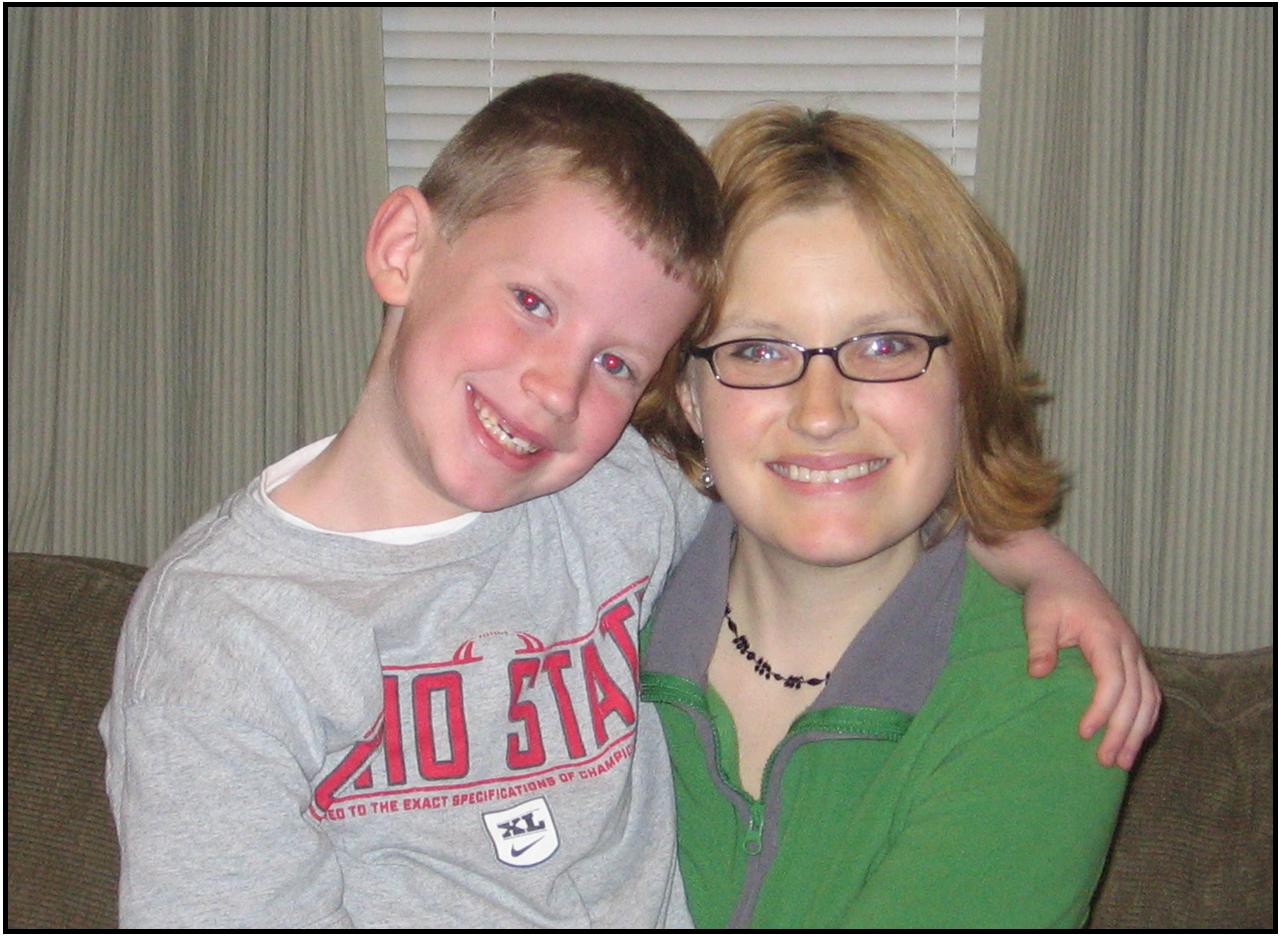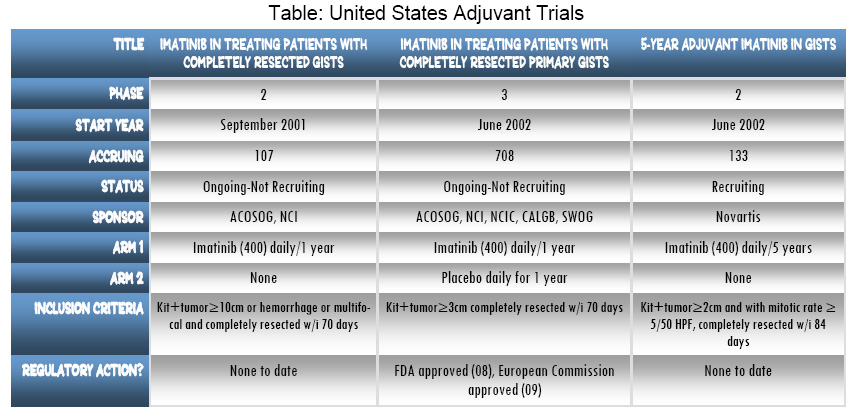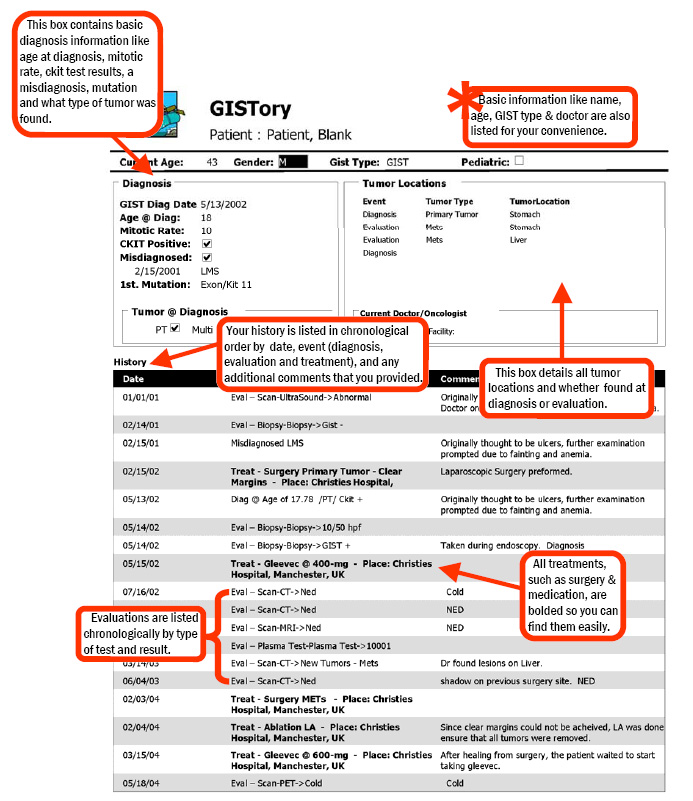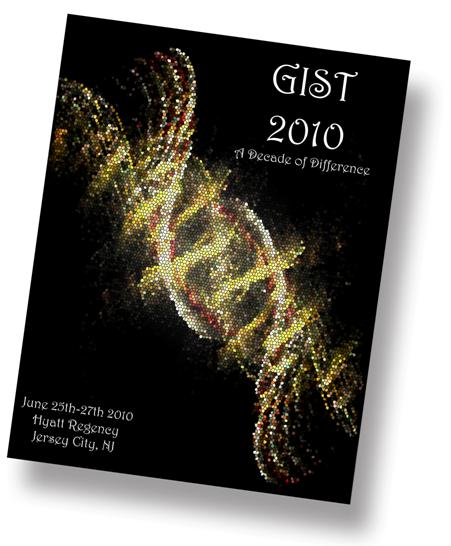Laura Kukucka – In Memoriam
Laura Samantha Kukucka, born March 8, 1977, died Tuesday December 1, 2009 peacefully ending her battle with cancer. She was born in Oberlin, OH and graduated from Olentangy High School. She received her B.A. in communication from The Ohio State University.






